This summer, I had the chance to attend a Classroom Design and Flexible Seating session at the National Principal’s Conference. I was fortunate to connect with Darren Ellwein and learn about some awesome DIY projects that his school had taken on in order to improve its learning spaces.
Inspired, I presented a session to staff in my building in late August to discuss purposeful classroom design, and how incorporating flexible seating could help to improve learning outcomes for students. I am happy to say that many of my colleagues were excited to change the structure and format of their classrooms to create more efficient and purposeful learning environments.
Try these strategies for improving your own learning spaces.
Reduce. Reuse. Recycle. One of our most recent projects involved creating some popular floor seats for our students made by removing a base from some old conference room chairs. Try to repurpose old materials that you may already have. It can save some money, and allow you to repurpose something that might be thrown away otherwise.
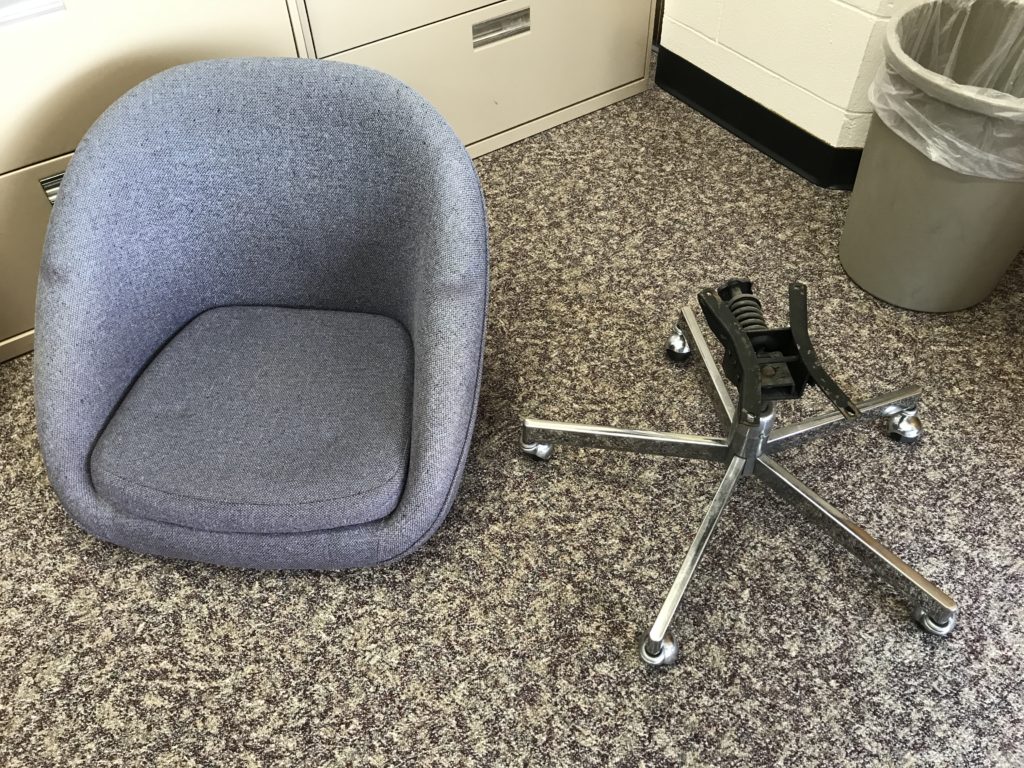
Leave plenty of open space. Consider that open space is easier to transition based on the learning activity students are working on. Seeking to model an open learning space, I redesigned my office to be more student-centered and student-friendly. Part of this process involved investing in office furniture that appeared comfortable and inviting. Depending on what type of activity I am doing in my office, I am easily able to adapt the room based on need. For example, if there is something important or private to deal with in the office, there are always office partitions that can be brought in to make the space less open and more private. Portable office partitions are always ideal, especially when you’re trying to keep your office as open as possible, without sacrificing the need for privacy at times.

Simple fixes go a long way. One of the easiest improvements involved raising or lowering table legs to create standing tables or floor tables (Students sit on cushions or mats on the floor). Consider simple fixes like moving furniture or getting rid of a teacher desk to create more space. Not every fix needs to involve spending money or putting forth a great deal of effort.
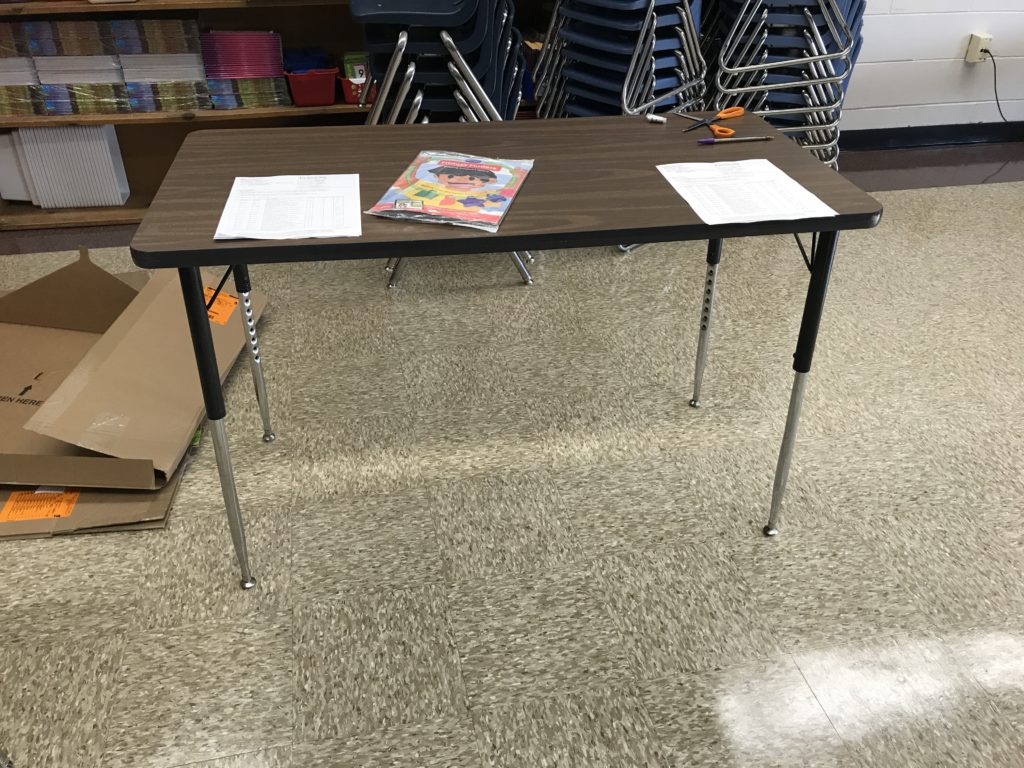
Look for community support. We wanted to place whiteboards in our hallways to take advantage of this extra space for students to work. We partnered with our local home improvement store to donate whiteboards. After reaching out and explaining our plans, the store gladly donated fifteen 4 x 8 ft whiteboards! Other schools have had luck in raising funds from the community so they could shop @ Writey for whiteboards and other provisions. Reach out and see who would be willing to help improve your learning spaces. Plenty of folks are willing to help and lend their expertise.
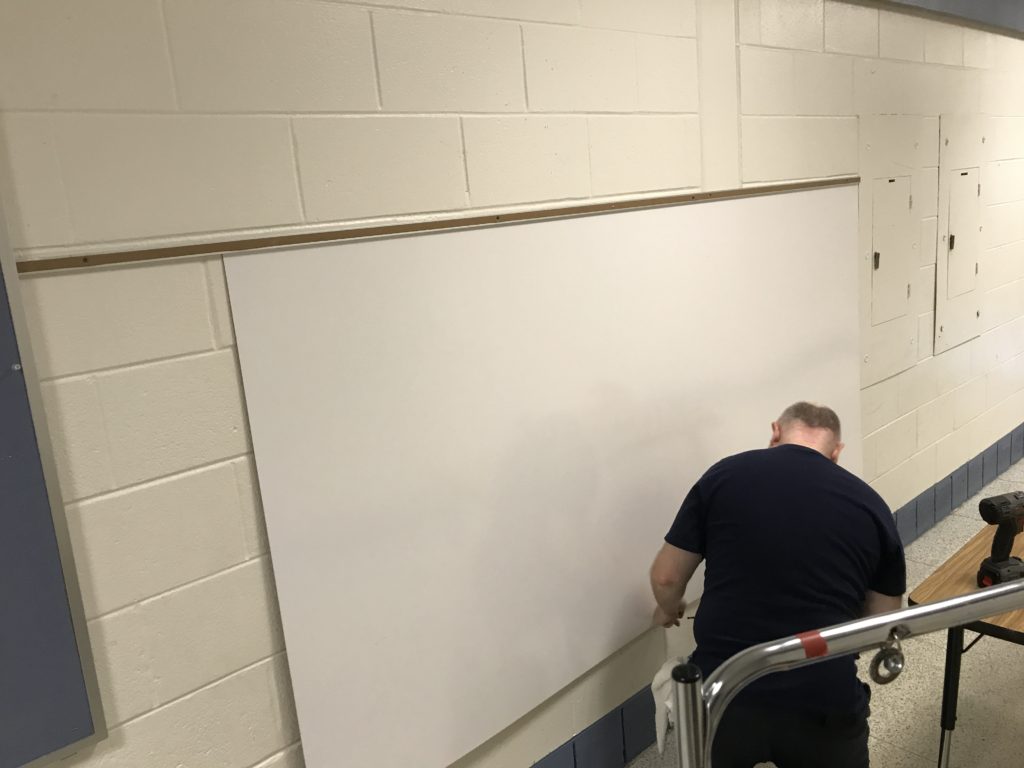
Take advantage of the space you have. One of the underutilized spaces which we are trying to use this year is our hallways. In addition to installing whiteboards outside of each classroom, we also moved some extra tables out into the hall, and look forward to how students use the space. I even created a mobile office setup to model for teachers and students that any space can be utilized to be productive. Try to find your underutilized spaces and let your students figure out how best to use the space.
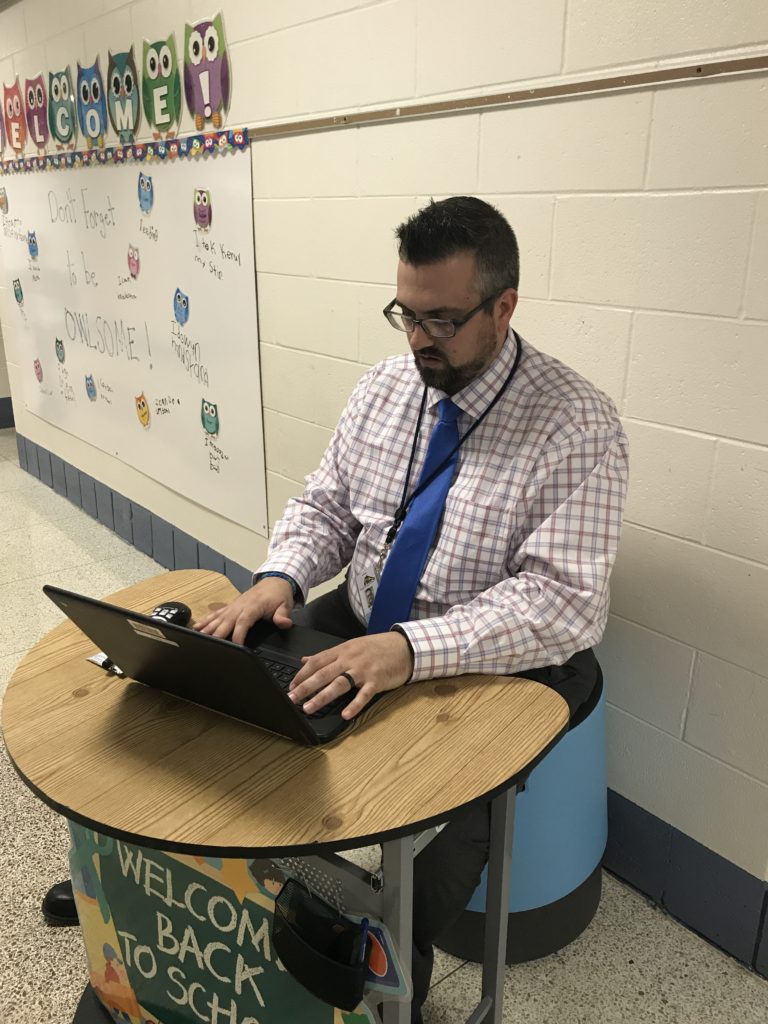
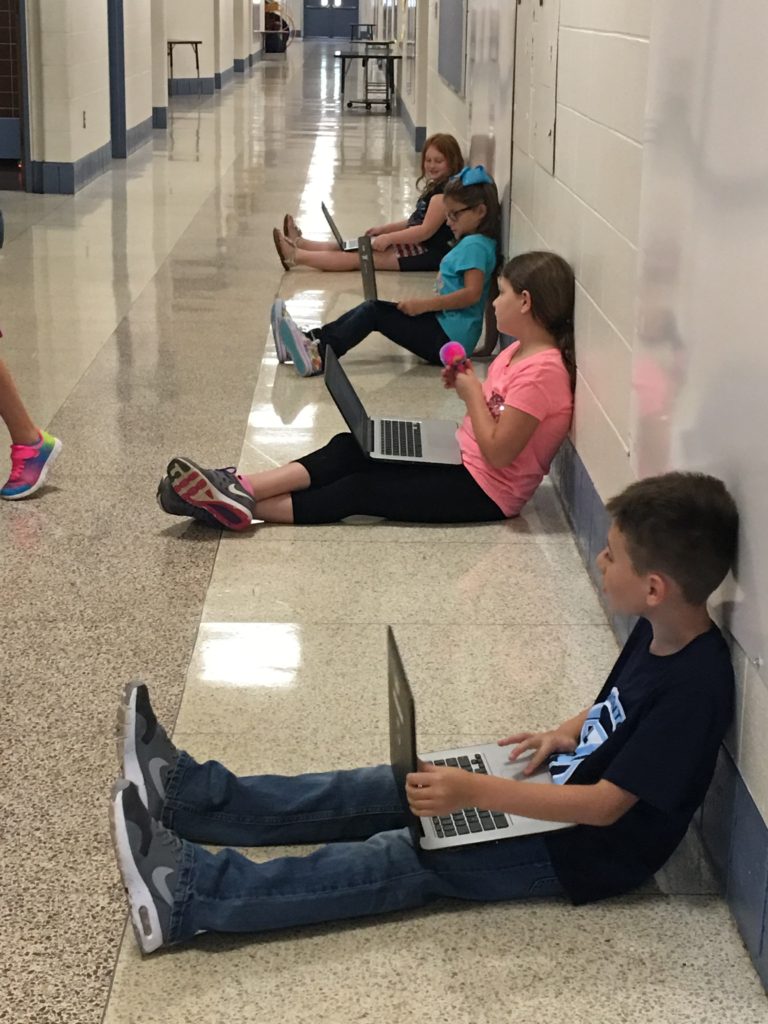
How are you redesigning your learning spaces? Share at #4OCF on Twitter.
Rich (@RACzyz)


